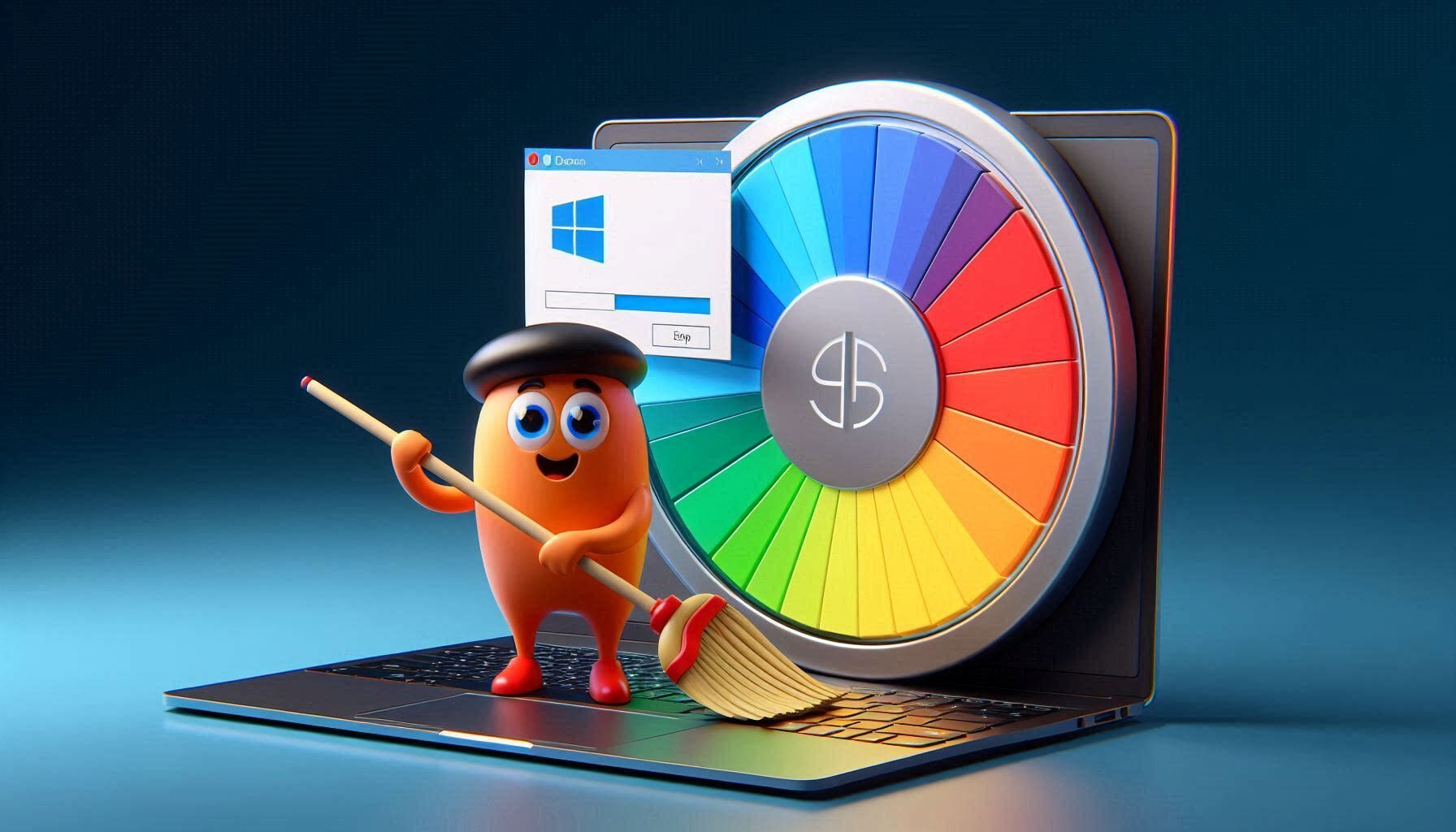The Ever-Evolving Landscape of Web Design Trends
Web Design in the Digital Age
In today’s hyperconnected world, websites serve as the primary gateways to information, products, and services. The way these websites are designed plays a crucial role in user experience, engagement, and overall business success. Hence, staying abreast of emerging web design trends is essential for any business seeking to thrive in the digital landscape.
Historical Evolution of Web Design
From static web pages with simple hyperlinks in the early 1990s to interactive, data-driven experiences today, web design has come a long way. Key milestones include:
- 1993: Mosaic, the first graphical web browser, popularized the World Wide Web.
- 1995: JavaScript and CSS emerged, enabling more dynamic and visually appealing websites.
- 2005: Ajax (Asynchronous JavaScript and XML) introduced real-time data manipulation, changing the way users interact with websites.
- 2010: The rise of mobile devices shifted the focus to responsive design, adapting websites to different screen sizes.
- 2017: Progressive Web Apps (PWAs) blurred the lines between websites and native mobile apps, providing a seamless user experience.
Current Web Design Trends
The latest web design trends are driven by technological advancements, user expectations, and changing business needs. Key trends include:
- Personalized User Experiences: Websites tailor content and interactions based on user preferences, location, and behavior.
- Voice & Gesture Control: Users interact with websites using their voices and gestures, enhancing accessibility and convenience.
- Immersive Storytelling: Websites leverage multimedia elements like video, animations, and interactive 3D models to create engaging and memorable experiences.
- Ethical & Sustainable Design: Websites prioritize privacy, accessibility, and carbon neutrality, contributing positively to society and the environment.
- Artificial Intelligence (AI): AI algorithms optimize website content, improve user searches, and automate tasks, enhancing user efficiency.
Challenges and Solutions
Despite the advancements, web design faces several challenges:
- Increased Competition: The sheer number of websites makes it essential to stand out with unique and compelling designs.
- Security Concerns: As websites become more interactive, protecting user data and preventing cyberattacks becomes crucial.
- Compatibility Issues: Ensuring websites work seamlessly across different devices and browsers can be complex.
Effective solutions include:
- User Research: Understanding user needs, preferences, and behaviors helps create designs that resonate with users.
- Strong Security Measures: Implementing robust encryption protocols, hardening code, and educating users about cybersecurity best practices ensures website safety.
- Device and Browser Agnostic Design: Testing websites across various platforms and browsers ensures compatibility and accessibility for all users.
Champaign’s Influence on Web Design Trends
The city of Champaign, Illinois, has emerged as a hub for web design innovation. Key advancements and contributions include:
- The National Center for Supercomputing Applications (NCSA): Home to the birthplace of the World Wide Web, NCSA has played a pivotal role in the development of web design technologies.
- Startup Ecosystem: Champaign’s thriving startup scene has fostered innovative web design companies pushing the boundaries of technology and user experience.
- University of Illinois at Urbana-Champaign: The university’s world-renowned Computer Science department produces top-notch web design professionals and researchers.
Best Practices for Web Design Professionals
To succeed in web design, professionals should adhere to best practices:
- Prioritize User Experience: Focus on creating websites that are easy to navigate, visually appealing, and meet user needs.
- Optimize for Mobile: Ensure websites are responsive and provide an excellent user experience on all devices.
- Use High-Quality Content: Create compelling text, images, and videos that engage users and build trust.
- Emphasize Security: Protect user data and prevent cyberattacks by implementing robust security measures.
- Stay Informed: Continuously stay updated on emerging trends, technologies, and best practices in web design.
Future Outlook
Web design will continue to evolve, driven by technological advancements and changing user expectations. Emerging trends include:
- Extended Reality (XR): XR encompasses virtual, augmented, and mixed reality, enabling new levels of user interaction and immersive experiences.
- Personalized Chatbots: AI-powered chatbots will become more sophisticated, providing personalized assistance and improving customer engagement.
- Blockchain Technology: Blockchain can enhance website security, streamline processes, and create new opportunities for user interaction.
Summary
Web design has undergone a continuous evolution, from simple static pages to dynamic, personalized experiences. Current trends prioritize user experience, innovation, and sustainability. To succeed in this ever-changing landscape, professionals must embrace best practices, stay informed, and leverage the latest technologies. As the digital world continues to expand, web design will play an increasingly vital role in connecting businesses with their target audiences and shaping the user experience of the future.








